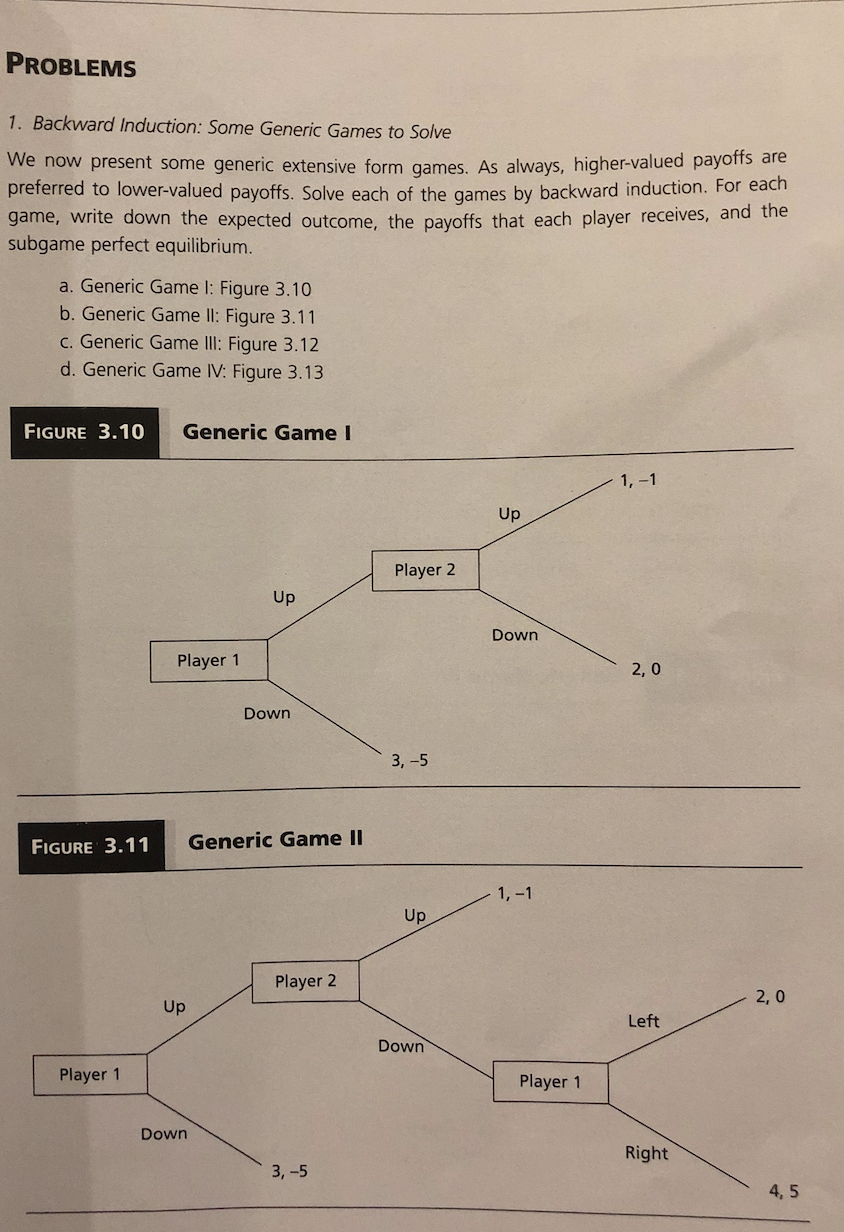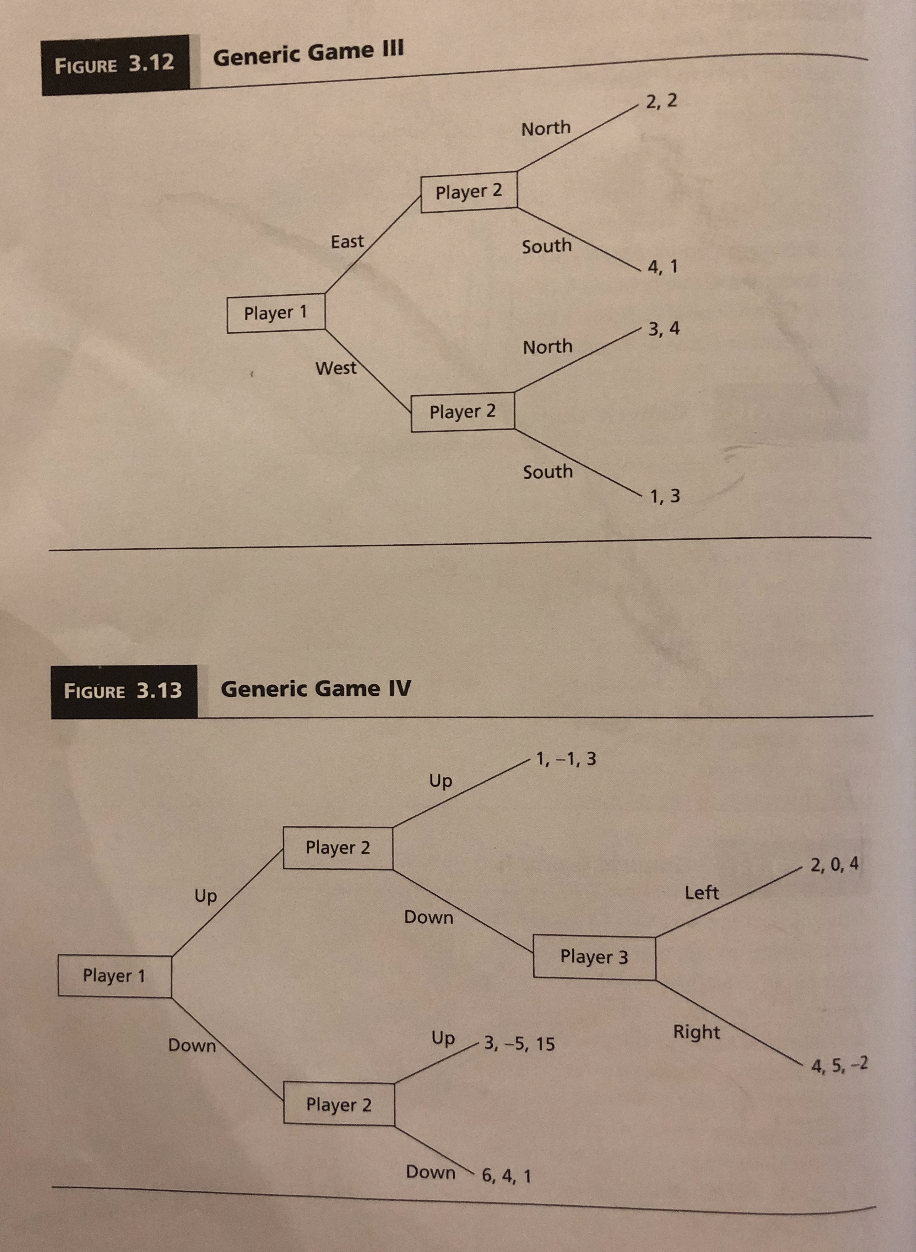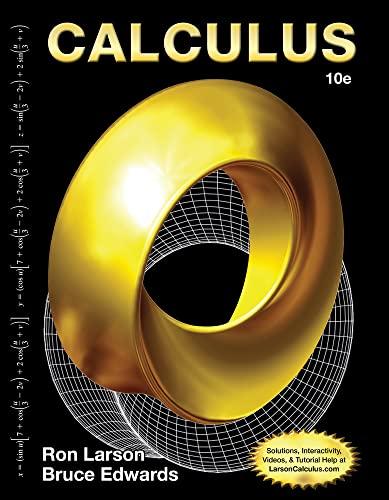Question
Derive the Burrows-Wheeler (BWT) change of the string 'TAGTATA'. How will the change be switched? Remark on the utilization of BWT for a genome arrangement
Derive the Burrows-Wheeler (BWT) change of the string 'TAGTATA'. How will the change be switched? Remark on the utilization of BWT for a genome arrangement that has many rehashed substrings. [4 marks]
(d) Three investigation techinques for quality articulation information (microarray) are various leveled bunching, k-means and Markov grouping. Depict the design of a bunch of trial results that could be dissected by each of the three procedures and state what each type of examination could distinguish and any extra sources of info required. [4 marks]
(e) Discuss how a Hidden Markov Model can be utilized to recognize different quality parts and the number of arrangements may be expected to register dependable change probabilities.
(a) Some VLIW processors exploit fine-grain multithreading and SIMD execution units. (I) What advantages could adding support for fine-grain multithreading to a VLIW processor give? [4 marks] (ii) Why could a straightforward cooperative string plan be wasteful and how might we at some point work on the timetable? [2 marks] (iii) Assuming the VLIW processor enjoys taken full benefit of fine-grain multithreading with a basic cooperative string plan, what changes to the processor could an enhanced string plan expect to guarantee programs keep on executing accurately? [4 marks] (iv) Why could including SIMD utilitarian units when a VLIW be valuable processor can as of now determine free tasks to be executed in equal? [4 marks] (b) Some VLIW processors support variable-length heaps of autonomous directions. (I) Why is this a valuable element and how is it that it could be upheld? [2 marks] (ii) What costs would be caused and extra rationale expected to help this include?
(a) with regards to mechanized recognition and understanding of full of feeling articulations utilizing FACS (Facial Action Coding System), characterize the accompanying ideas: (I) facial muscle activity unit (AU) (ii) activity descriptor (AD) (iii) valence (iv) excitement (v) "Dish Am grin" (vi) multifaceted all inclusive [6 marks] (b) Gabor wavelets offer a bringing together structure for some undertakings in PC vision, counting edge discovery, tracking down facial elements, and example coordinating. The complex wavelet parts (upper column) are parameterised to estimated the convolution bits for processing first and second subsidiaries (lower line, given as elements of x however rotatable in pictures f(x, y) into elements of y too):
Make sense of how Gabor wavelets can appraise the slope vector field ?~ f(x, y) in edge recognition, extricating both edge strength and edge heading. Likewise depict how they can be utilized in a demodulation organization to confine facial highlights. Distinguish one utilization of Gabor wavelets in design coordinating. [5 marks] (c) What could we at any point gain from the perceptual investigations of the Swedish analyst Johansson, including scanty speck examples, for example, shown on the right? How should his discoveries be helpful in PC vision for information combination, coordination of movement signs in object acknowledgment, and general parts of scene getting it? [4 marks] (d) Biological neurones are famously loud, are evidently irregular in their associations and their terminating designs, and drowsy, with most extreme terminating rates around 100 Hz. However organic vision frameworks are brilliantly fit. Is there actually any requirement for PC vision frameworks to utilize twofold accuracy math furthermore, GHz clock speeds? Give three instances of undertakings in machine vision whose execution seems to require twofold accuracy math and high FLOPS, and for every model, make sense of this difference with natural arrangements.


PROBLEMS 1. Backward Induction: Some Generic Games to Solve We now present some generic extensive form games. As always, higher-valued payoffs are preferred to lower-valued payoffs. Solve each of the games by backward induction. For each game, write down the expected outcome, the payoffs that each player receives, and the subgame perfect equilibrium. a. Generic Game I: Figure 3.10 b. Generic Game II: Figure 3.11 c. Generic Game III: Figure 3.12 d. Generic Game IV: Figure 3.13 FIGURE 3.10 Generic Game I FIGURE 3.11 Player 1 Player 1 Up Down Up Down Generic Game II Player 2 3, -5 Player 2 3, -5 Up Down Up Down 1,-1 Player 1 1,-1 2,0 Left Right 2,0 4,5
Step by Step Solution
There are 3 Steps involved in it
Step: 1

Get Instant Access to Expert-Tailored Solutions
See step-by-step solutions with expert insights and AI powered tools for academic success
Step: 2

Step: 3

Ace Your Homework with AI
Get the answers you need in no time with our AI-driven, step-by-step assistance
Get Started


